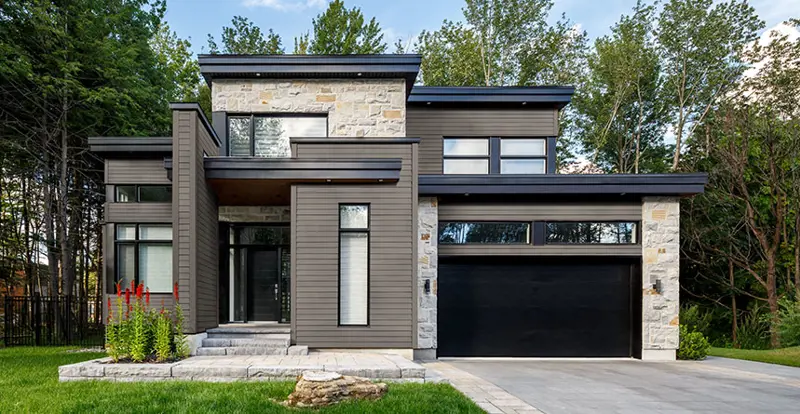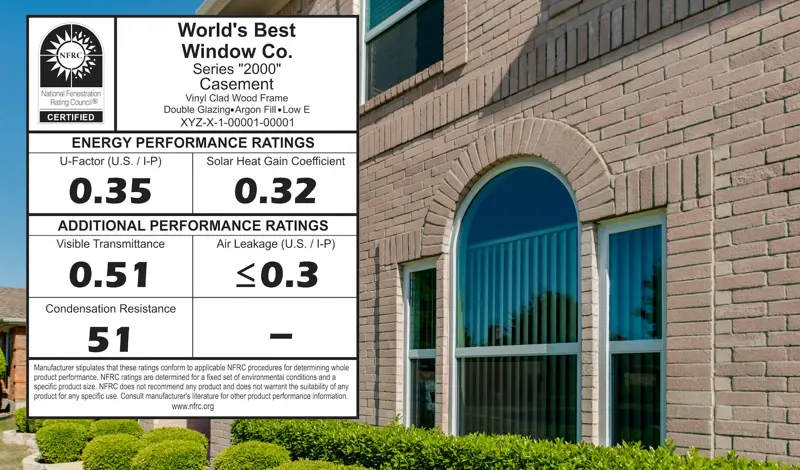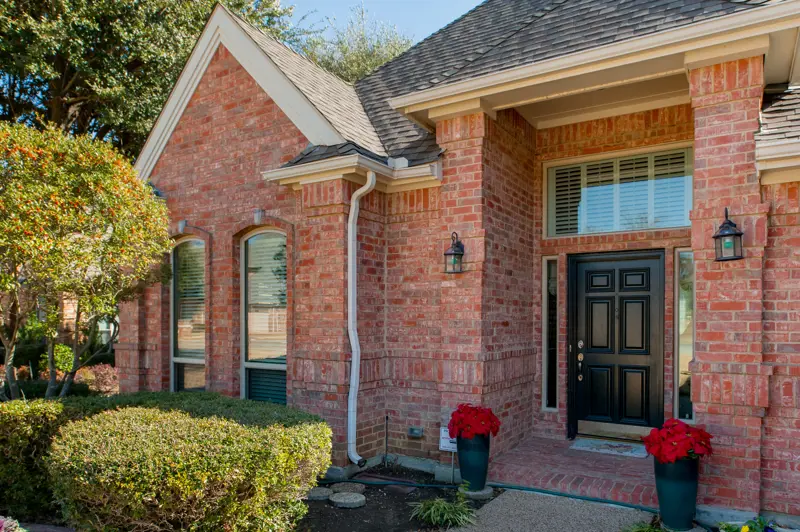
Are Single-Hung Windows More Efficient Than Picture Windows?
Changing windows out for new models can significantly affect the appearance of your home, both inside and out. However, there is more than just appearance at stake when it comes to how your windows function in the home. They can be one of the biggest energy leaks in the house, so finding an energy-efficient option can not only improve a home's aesthetics but save you money.
This article helps explain what single-hung windows and picture windows are, the energy-efficiency you can expect from them, and which one is the best option for your home based on their pros and cons.
Use the links below to skip ahead in this post:
- Single-Hung Windows vs Picture Windows
- Are Single-Hung Windows More Energy-Efficient Than Picture Windows
- Should I Get Single-Hung or Picture Windows for My Home?
- Pros and Cons of Single-Hung Windows
- Pros and Cons of Picture Windows
Single-Hung Windows vs. Picture Windows
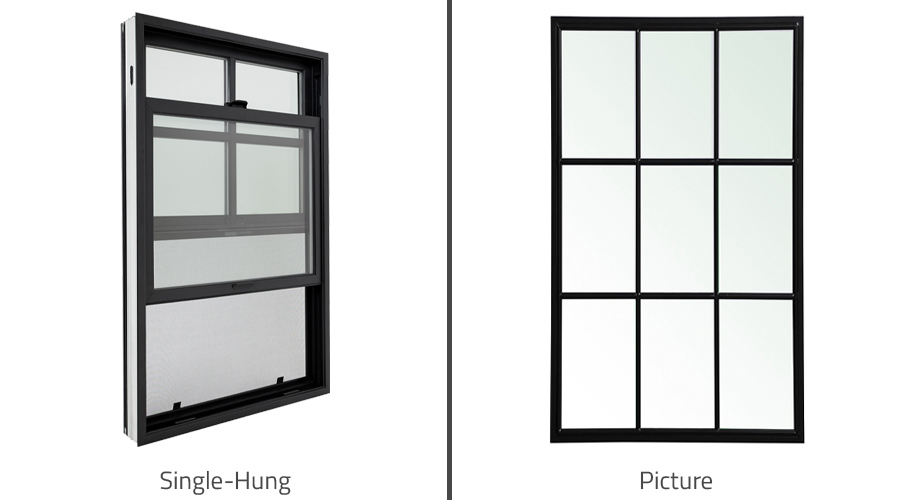
Single-hung windows are often the standard window choice for new construction, whether it be a house, apartment building, or offices. These windows are arranged vertically with two square sashes, one on the top half of the window and the other underneath. In a single-hung window, the bottom sash is the only one that can move, and the upper sash remains fixed. There are also double-hung windows with a design that allows both of the sashes to move and overlap in the center. Single-hung windows are used more frequently because they are typically cheaper than many other styles, including double-hung.
Picture windows are a common style for large openings. They are immovable windows that are entirely inoperable since they do not open or closed. That is why picture windows can also be called "fixed windows." Picture windows can be used alone, in combination with other picture windows, or with other window styles.
See examples of single-hung and picture windows available from Brennan Enterprises.
Are Single-Hung Windows More Energy-Efficient Than Picture Windows?
Single-hung windows are not more energy-efficient than picture windows. Since picture windows are completely fixed, they don't have any moving parts and are completely weathertight.
Compared to picture windows, the single-hung style is not very energy-efficient because it can never fully seal. The sash in hung windows needs space to move up and down along the window jamb, it also needs some wiggle room to remove the sash for cleaning, maintenance, or repairs. An extremely weathertight fit would hinder the sash's movement. On another note, single-hung windows do tend to be more energy-efficient than their double-hung counterparts because they have fewer moving parts. While a single-hung window has one moving sash, the double-hung unit has two.
Should I Get Single-Hung or Picture Windows for My Home?
These two windows are very different. Those differences often help new buyers choose which will suit their homes better. First, it helps to carefully examine the areas that you need the windows in since you might want or need a mix of both. Next, figure out your priorities and the aesthetic you want for the exterior of your home. Finally, examine the characteristics of the pros and cons to make your final decision.
Pros and Cons of Single-Hung Windows
The primary positive factor for single-hung windows is their economic cost. This is also the reason they are commonly used on new build sites.
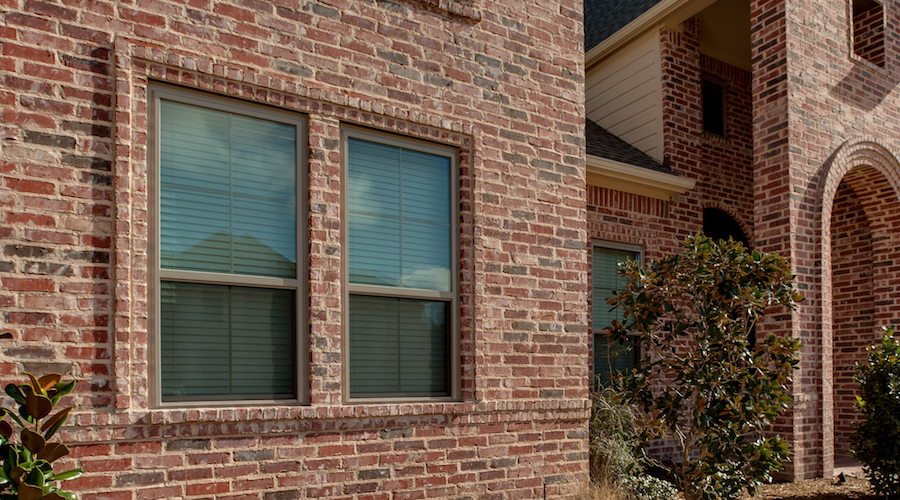
- Single-hung windows are often the most affordable choice.
- Their popularity means there are many customization options.
- Few movable parts mean very little maintenance.
- Single-hung windows suit a smaller room or space with ease.
- Limited ventilation with a single mobile pane.
- An immobile top pane makes them more challenging to clean.
Pros and Cons of Picture Windows
Picture windows easily stand out as the most energy-efficient option for a replacement window. They have quite a few other positive factors as well.
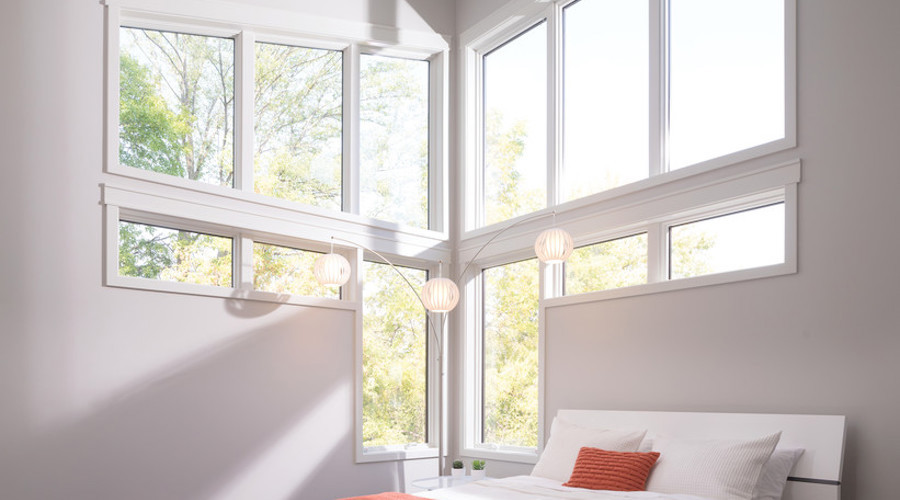
- Picture windows require little maintenance.
- They are very energy-efficient.
- They offer increased light and visibility without glazing bars.
- No movable parts mean little maintenance.
- Picture windows do not increase ventilation.
- If they break, you have to replace the entire window.
- These WILL NOT meet egress requirements.
To learn more about energy efficiency and window styles check out our related articles below.
Oops!
We don't currently serve your area but do want to help you plan your project. Try our Build & Price tool to get an idea of window & door costs within DFW. Your area may be higher or lower but at least you'll have some idea of the price.
Thanks for stopping by.




